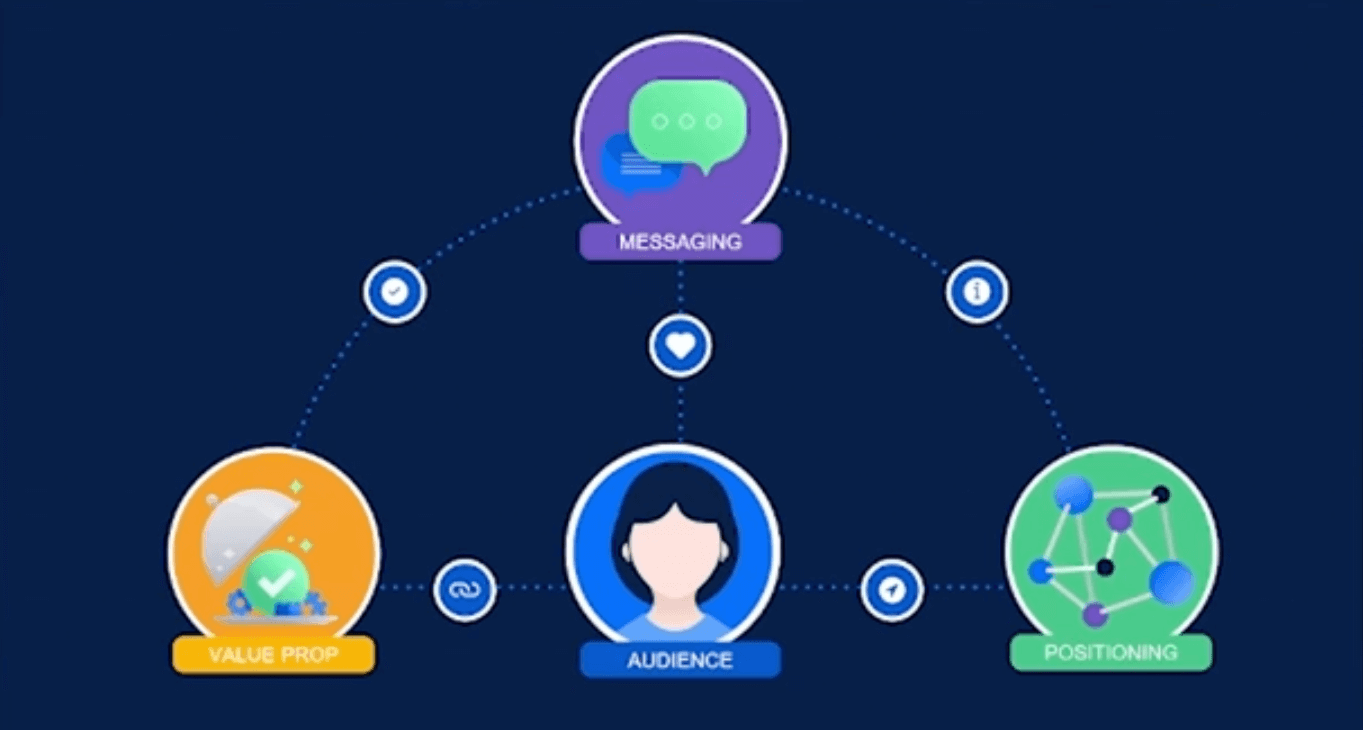Today, we're going to talk about messaging and positioning and the methodology for how you do that.
A lot of developer marketers get asked to drive the creation of messaging and positioning. It may go under a different name if you're in DevRel, but it's essentially the same thing.
This is going to be all about how you run a workshop to get a bunch of people in the room. Messaging and positioning is a group activity, and it definitely requires a little bit of thought to make sure that everyone's time is spent effectively, especially your time as a marketer.
- Facilitating messaging workshops that drive clear decisions
- The three foundations of messaging
- Signs that you should run a messaging workshop
- Case study: Establishing purpose and goals
- Who should you include in your workshop?
- Pre-workshop essentials
- Example workshop agenda
- Putting it all together
Facilitating messaging workshops that drive clear decisions
What happens a lot with a workshop is you have some big, hairy problem that you need to solve. And somebody says, “Hey, let's get everyone in a room, we'll order some lunch, put some stickies on the wall, and we're going to solve this problem.
That sounds really good, but what happens more often than not is that everyone gets in a room and talks in circles, and it doesn't feel like you're coming to any kind of resolution.
Then the next day, you're looking at all the pictures that somebody took of the stickies on the wall and you're thinking, Huh? Did we even solve this? What is this? What does this even mean?
This is going to be a very tactical piece about workshops. It’s very focused on internal work and working cross-functionally to help you not have this feeling where the stickies didn't really get you any closer.
The three foundations of messaging
There are generally two different paths that people take to becoming a developer marketer. There are people who have a traditional PMM background. They have a marketing background, but maybe they're new to working with a developer audience. And then there's the other direction, which is people who started out as developers or developer adjacent, and then all of a sudden, they're a marketer.
The second one was me. I started out as developer relations, and then I moved into marketing. All of a sudden, I realized that there was this art and science of being a product marketer that I needed to learn.
If you’re in that boat, hopefully, some of these techniques will be helpful to you.
But first, a little bit of a level set. Marketers and product teams use the word messaging a lot. Sometimes when product teams use the word messaging, they're actually saying some really fancy words that marketing is going to make up that fix the problems that we're having with our product.
Messaging is definitely not that. It's not magic.
Messaging is the talking point and how you communicate your product. It's like the icing on the cake. But you can put icing on a really terrible cake. No amount of icing is going to fix it if your cake is broken, so your messaging needs to rest on a firm foundation of three things:
- A very clear value prop for your product. You need to understand the benefit that you're bringing to your audience.
- An understanding of your audience.
- Positioning, which is understanding where your product sits relative to other options that are available to your user in the market.
Once you have an idea of those things, then you can begin to talk about messaging.




